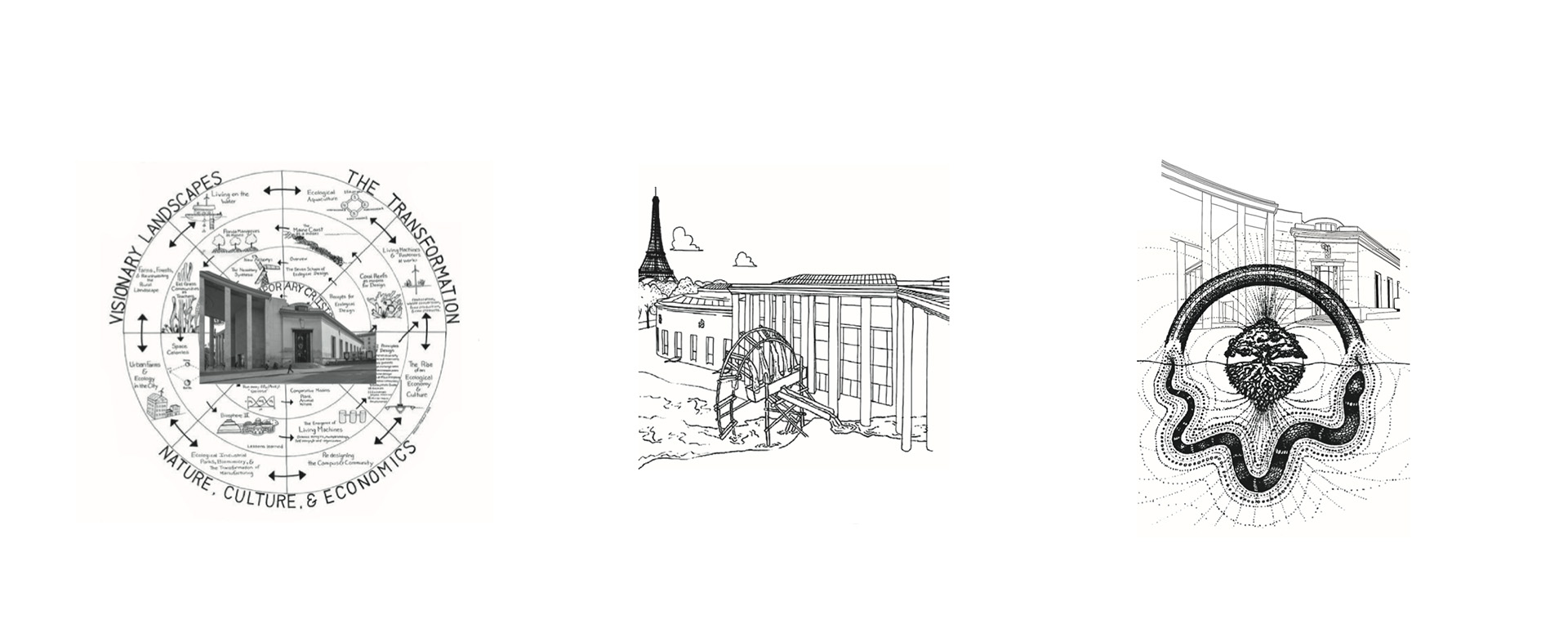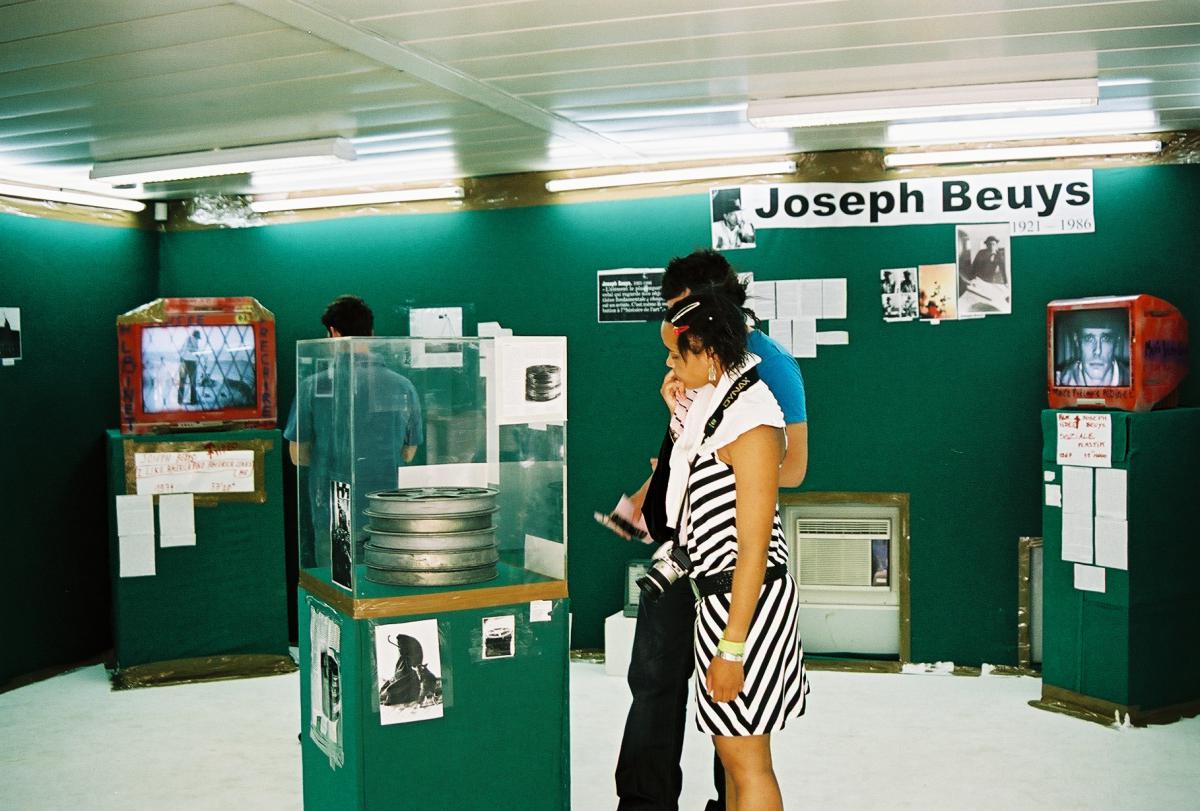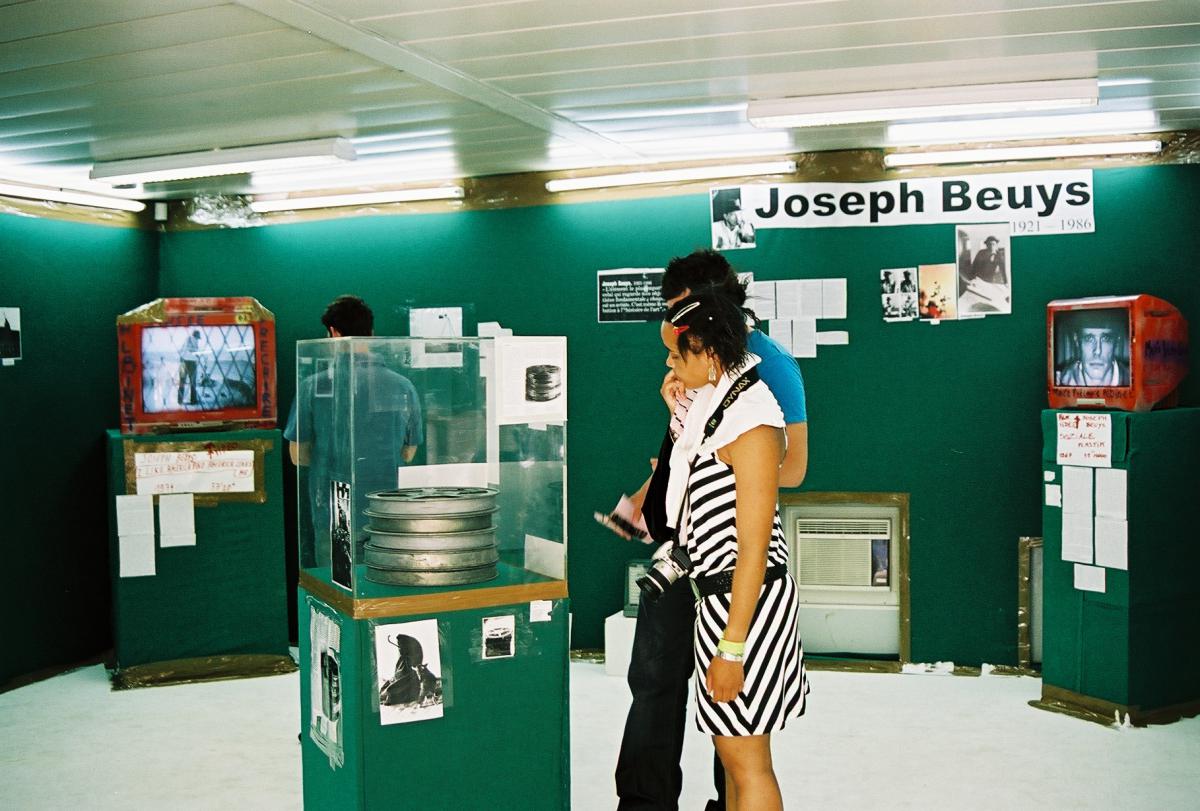
Art centers are changing the game

Everything would thus be a question of strategy. When Aurélie Cavanna and Etienne Hatt conclude their article by evoking "this great chessboard that the art world has become", as an introduction to the dossier devoted by Artpress this month to contemporary art centers invited to reinvent themselves, the tone is set. It is a question of each of them playing finely and advancing their pawns in such a way that the game ends up being won. History does not say who will lose. For alongside museums and art galleries, the contemporary art centers that appeared in the artistic landscape some forty years ago have acquired an interesting maturity, accompanied for many of them by the French association Dca (Development of art centers) which currently federates no less than fifty-one spread throughout metropolitan France. In these new places offering to discover the art of today in the process of being made, by definition deprived of collections and dedicated to the production, still miss however often methods, human and financial means. However, Dca now intends to preserve and enhance their archives, in addition to continuing to develop a form of institutionalization of these structures.
Many structures in recent months have changed direction, which is far from being anecdotal as the management of a contemporary art center is personalized. Thus Audrey Hoareau has taken over the direction of the Centre régional photographique de Douchy-les-Mines, Victorinne Grataloup has taken over the direction of Triangles-Astérides in Marseille, Thomas Conchou has taken over the direction of the Ferme du Buisson in Noisiel, Guillaume Désanges has taken over the direction of the Palais de Tokyo in Paris and Céline Kopp has taken over the direction of the Magasin in Grenoble. It is to these last two that the journalists of Artpress have chosen to give the floor "with the idea, beyond the renewal of projects and programs, to highlight a new deal of contemporary art centers in France which seems clearly to pass by the affirmation of new models. Like Radicants, for example, this hybrid organization that offers both curating and artworks for sale. According to its creator Nicolas Bourriaud, also invited to speak by Julien Bécourt in Artpress, Radicants, which is neither an art center, nor an art gallery, nor an institutional structure, "responds to the evolution of the art world.
Because "this change of deal visibly focuses on a rethought relationship of structures to artists and audiences, of course, but also to their teams, extending to the entire life of art centers, to their most visible activities as well as their most hidden", the question is put to Guillaume Désanges by Aurélie Cavanna, to know how he plans to take into account the "real needs" of artists. The director of the Palais de Tokyo art center, who succeeds Emma Lavigne, intends to carefully consider "a whole ecosystem of actors". Starting with "questions of remuneration, social status and contracts", but without forgetting that "ecological thinking encourages us to ask ourselves who we are inviting in terms of diversity, recognition and equity, integrating artists at different stages of their career". And without forgetting that "the question of loyalty, of the durability of the relationship is also important. The search for permanent novelty, the obsolescence of art and artists, the exhibitions that do not rotate much, are ways of doing discreetly violent. I propose, for example, to invite artists several times a year, at different scales, while ensuring diversity in programming. The question of production is also sensitive. It is great to produce new works and we must continue to do so because artists need it, but sometimes there is an injunction to produce new works which is also a stress for artists.
Guillaume Désanges, whose Petit traité de permaculture institutionnelle (A Treatise on Institutional Permaculture) was published in 2022, is part of the current challenge to the spirit of competition and the competitive regime imposed on contemporary artists. In the same way that he wants to expand audiences, "not in terms of numbers but in terms of diversity". His experiences with the artist Thomas Hirschhorn, such as the Musée Precaire Albinet, 2004 (precarious Albinet Museum), have nourished his concerns about the functions of art. "It is not about bringing the good word to populations that would be deprived of it, but to find meaning in what we do, with a faith in the ability of art to change reality. Just as permaculture is inspired by the functioning of nature to think of virtuous modes of production, the president of the Palais de Tokyo does not hesitate to denounce the "He proposes in his treatise to rethink cultural institutions, from communication to the building, including management and programming.

Petit traité de permaculture institutionnelle Guillaume Désanges, 2022

Musée précaire Albinet Thomas Hirschhorn, 2004
To return to the fundamental sources perhaps? For as Céline Kopp recalls in an interview with Etienne Hatt for Artpress, the opening of the Magasin in Grenoble in 1986 occurred at a time marked by a real desire for invention. In imagining this kind of national center for contemporary art, "we were thinking about the institutional form of a place dedicated to artists and the most diverse audiences, to support creation, a place where works connected to their time would be produced. We were also thinking about the professions. For example, the Magasin hosted the first international curatorial school. The director of the Magasin today "thinks it is important to take care of our institutions, to maintain them and to reinvent them from the inside so that they continue to be in phase with their missions in a context of artistic practices and uses that are constantly evolving.
While Céline Kopp considers that the inaugural exhibition of 1986 of the Magasin in Grenoble with Daniel Buren was necessarily particularly striking, without doubting that the Position de l'amour (Positionof Love) currently bringing together eleven artists in the Grande Galerie on the occasion of its reopening will be just as much so, she also wishes to mention many other contemporary artists whose works of art have in the meantime built up the history of the mythical Cnac (national center for contemporary art) in Grenoble. As General Idea, Ken Lum, Sol LeWitt, Michelangelo Pistoletto, Jean-Luc Vilmouth, John Baldessari, Joseph Beuys, Richard Long, Richard Prince, Jacques Villeglé, Bernd and Hilla Becher, Lawrence Weiner, Robert Barry ... "and finally a woman, in 1990, with Lili Dujourie! Followed for the international Ange Leccia, Thomas Ruff, Matt Mullican, Barbara Kruger, Sophie Ristelhueber, Anish Kapoor, Vito Acconci, Chen Zhen, Alighiero e Boetti, Nari Ward, Gabriel Kuri, Mariko Mori, Allen Ruppensberg... And then for the French scene Franck Perrin for example, with Cosmos. Des fragments futurs (Cosmos. Future fragments), 1995. But also Soundtrack Movie (1997) by Pierre Huyghe, Vraiment. Féminisme et art (Vraiment. Feminism and art), 1997 by Laura Cottingham... until the magnificent exhibition of Minia Biabiny in 2020.









































































